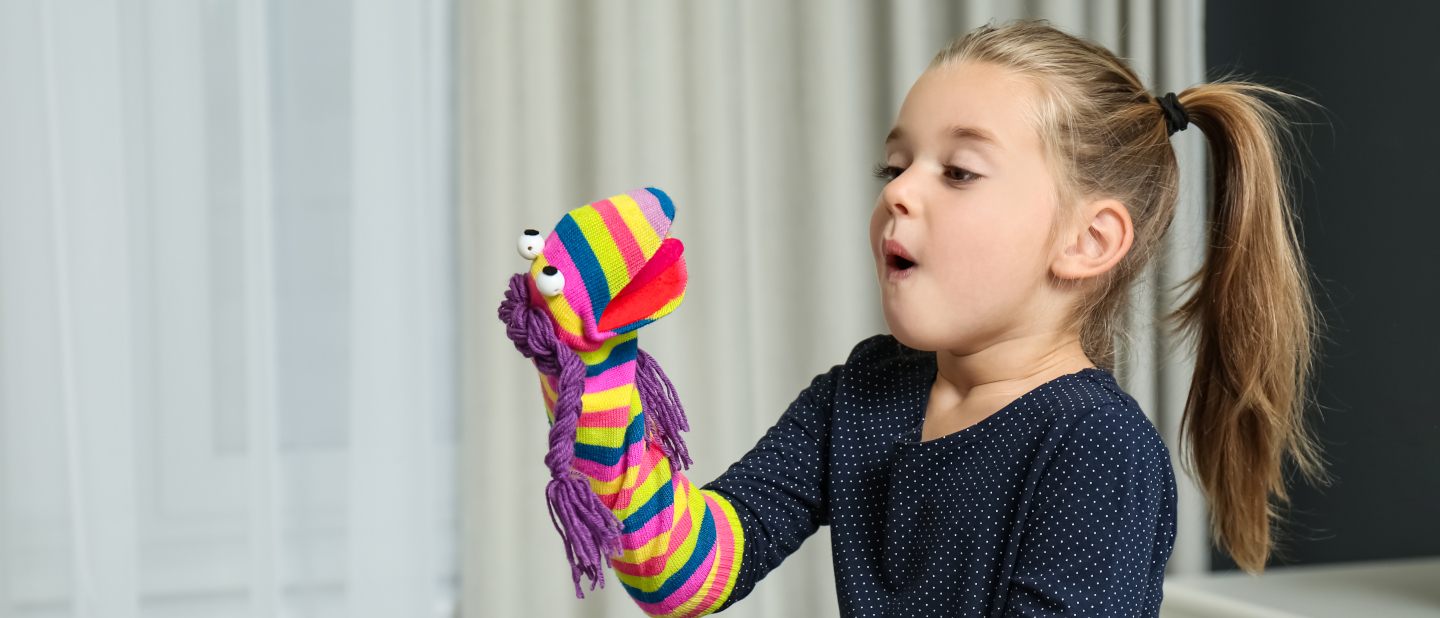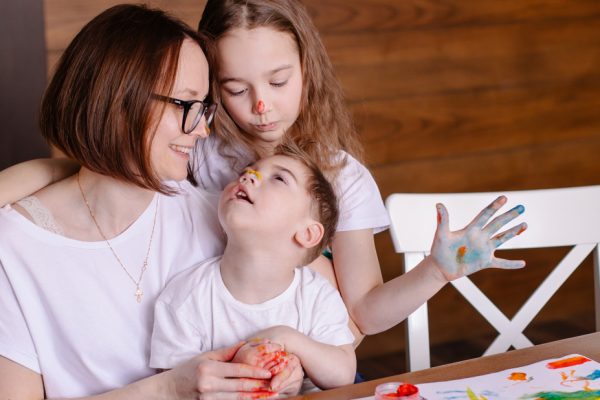
Every day household items you can use to support your child’s development
As a parent, you want to make sure you are doing everything you can to help your child develop as best they can. These days there are a lot of specialty toys and equipment available in shops and online that are marketed as being beneficial for promoting your child’s development. It can be easy to get caught up in feeling like you need these things to help your child. Some of these things might help your child – however, the truth is, there are a lot of things that you probably already have in your house that you can use to support your child’s development, instead of going out and purchasing a lounge room full of new things.
Hopefully you will be surprised and relieved by the lists below, as you realise that the tools you need to support your child’s development are already within your reach.Helping your child to develop their gross motor skills:
- Towel or rolled blanket or pillow: To help your child to develop control of their head, and also to learn to practice being in a hands and knees position, you can use a rolled towel, a rolled blanket, or a pillow folded in half to help support your baby’s trunk
- Laundry basket: Sit your baby at one end of a laundry basket to help them to learn to sit up by themselves. You can prop your baby up a little if they need it by putting pillows in front of them on their lap. Playing in a laundry basket is also great for when your child is learning to let go of things out of their hands (because there is nothing more fun to a little bub than dropping toys outside of the basket)
- Your leg/s: A bit like the rolled towel/blanket/pillow, you can use your leg to help your baby to practice laying on their tummy, pushing up through straight arms, and position themselves on their hands and knees. Your legs are also excellent barriers, just like a laundry basket, to help your child to practice sitting up by themselves. Sit with your legs in a ring, and position your baby sitting between your legs.
- Slippery shower curtain: When your baby is first learning to creeping around on their tummy, it can be hard to drag themselves forwards. By putting a slippery shower curtain under their tummy, pulling their body forwards becomes much easier.
- Pillows and doonas: Encouraging your child to crawl over pillows and doonas will challenge their creeping and crawling skills, and encouraging them to walk over the pillows and doonas will challenge their balance skills.
- Coffee table or couch: These are usually a perfect height for your child to learn to pull up to a standing position. As they get more confident at standing, and stepping, you can then encourage them to step between the coffee table and couch.
- Upside down laundry basket, foot rest, or dining chair: These are a great for your child to hold onto and push around when they first start taking steps. Unlike the baby push carts or push walkers available, these household items won’t roll easily out from underneath your baby, which makes them great for the early stages of learning to take steps.
- Broom sticks or mop sticks: As your child is progressing towards walking with some help, you can use a broom or mop stick as something for them to hold onto. This will help your child to learn to take steps without having the security of your hands to hold onto.
- Rope, a hose, or a plank of wood: Once your child is up and walking, you can use a rope or hose or a plank of wood to help them practice their balance and coordination by walking along it, or for their jumping skills by jumping over it.
Helping your child develop their fine motor skills:
- Textured pillows or blankets: When your baby is little, textured homewares are great to learn to scratch and explore textures with their fingers
- The second drawer down: Is that where everyone else keeps their cooking utensils too? Cooking utensils are fantastic for children to learn to use their hands and fingers. Tongs, wooden spoons and spatulas, whisks – they all help your child to develop their grasp skills, their manipulation skills, their hand-eye coordination, and to use two hands together.
- Silver bowls: Great for banging on with the wooden spoon, teaching your child about using a tool to bang, and also rhythm.
- Shoelaces and dried pasta – for learning to thread. And then they can wear the pasta necklace afterwards 🙂
- Junk mail brochures: Excellent (and free!), use junk mail to help your child practice their scissor skills by cutting out the items, shapes or letters in the brochures (this will help them to develop their visual recognition skills as well)
- The shower screen: Once the shower screen fogs up, you can use it for drawing with their fingers. Add some shaving cream on the wall or the screen for even more fun drawing.
- Paintbrush with tap water: Instead of having to deal with the mess of real paint – why not try practicing painting lines, shapes, etc on the outside walls using just a bucket of water. The shape will show up on the wall, and then will dry in the sun (easiest clean up ever!).
Problem solving or thinking skills:
- Old jars or bottles: Can be used to practice putting things in and out of the jars (add in some counting or sorting), and putting lids on and off jars
- The tube from inside the cling wrap or alfoil: This is great for dropping things down to practice grasp and release, and cause and effect.
- Tissue box: Makes an excellent box for practicing putting things in and out. If your child is older, you could also use it to practice counting, sorting, or even play a memory game by putting in an assortment of things and seeing if your child can recall what is in there.
- Small plastic jar with rice or sprinkles: Makes a great shaker or rattle!
- Measuring cups: Can be used as nesting cups, or to pour water into and out of.
- Mum and Dad’s clothes: If your child is learning to dress and undress themselves, practicing dress ups with Mum and Dad’s old clothes gives them a little extra room to find those arm and leg holes, and to get their little fingers in under the waistband. Your socks will also make a great puppet for your child.
- Cooking with your child: Teaches them about numbers, measurement, reading, fine motor skills, and even basic science knowledge.
- Ice cream container with hole cut out in lid: Another way you can help your child to practice putting things in and out of containers.
- Paper puzzle: Draw a basic picture on paper, cut the picture into 4-12 pieces, and get your child to put it back together
We hope these ideas spark your interest and motivation to get creative with your everyday objects at home 🙂
Written by Emily Hayles – Physiotherapist and Owner – Move & Play Paediatric Therapy and author of ‘Braver than you think: How to help your child with a disability live their best life’





